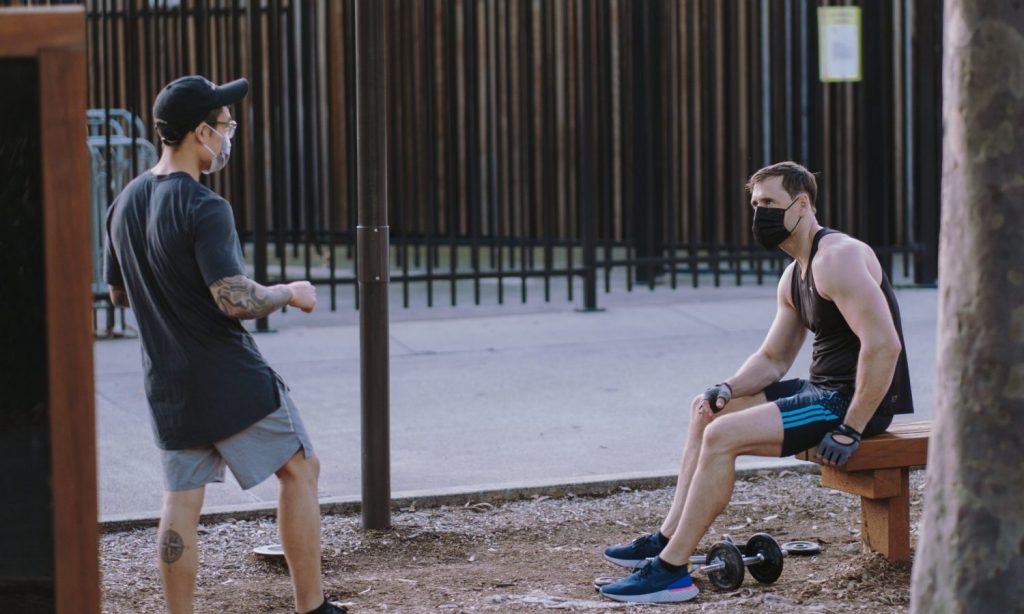
How to exercise outdoors when it’s very hot
This June was the hottest on record that outdoor runners had to contend with all month. While global warming is terrifying, for now you can still exercise outside as long as you are prepared for it.
A group of scientists published a report on hot weather training, and the New York Times condensed it into a helpful guide that we have highlighted here. Here’s how you can train outside when it’s scorching hot:
Use the times of day to your advantage
Photo by Tamara Bellis via Unsplash
RELATED: Returning to the Gym? Here’s what you can do to feel more secure
If you’ve been running outdoors for a long time, you know that there is a big difference in performance depending on the hour of your run. This is due to the time of day and the heat. For example, on a hot summer day, it’s best to exercise early in the morning or in the evening to avoid prime time of the sun.
According to the review, on those hot days, the best option is to run early in the morning. They explain that urban locations have concrete buildings that soak up the sun all day and can make the runs hotter than expected late in the day.
Acclimate slowly

In order to successfully get used to the weather, the process must be gradual. Take your water bottle to your run earlier than usual and do a shorter, gentler version of your workout. Check your heart rate and warmth level and continue until you feel like you are feeling normal again.
Drink a cold drink beforehand

RELATED: 5 Tips to Developing a Better Morning Routine
An icy drink beforehand, like a slushie or smoothie, can make your workout more enjoyable. According to the researchers, you should drink 16 ounces of cold fluid 20 minutes before you start running.
Know the signs of overheating

Finally, it is very important to recognize the signs of overheating. Take regular breaks to check for nausea, dizziness, or cramps as these could indicate heat illness. If you experience any of these symptoms, stop exercising and find a shady place to rest. In extreme weather conditions, researchers recommend working with a partner who will help protect each other.

Post a comment: